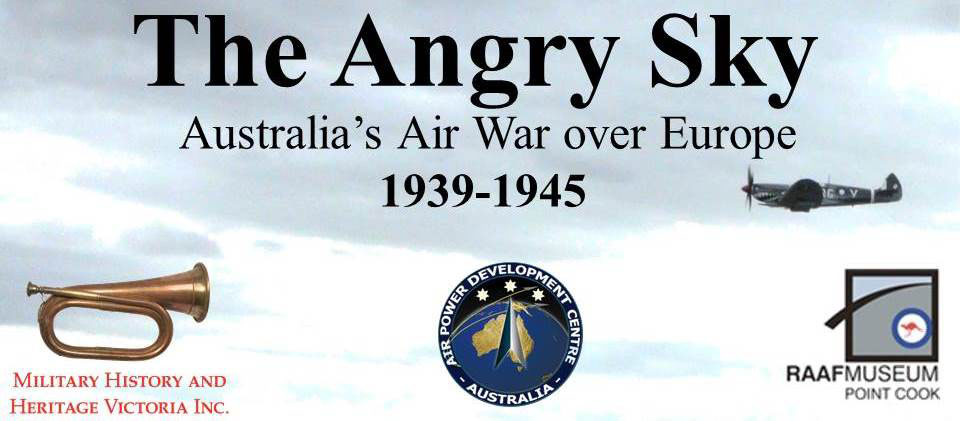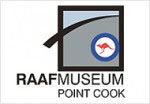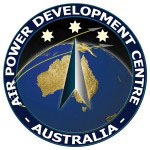Since the last AWM conference on the subject in 2003, much new material has been revealed about Australia’s air war in Europe. This one day conference brought together some of the best historians, authors and veterans to reflect not just on the history of the conduct and outcomes of the RAAF’s part in the massive air war over Europe, but also the impact on the RAAF itself. Set in the magnificent RAAF Museum at Point Cook, the conference incorporated a special Remembrance Day Service.
The conference was convened by Military History and Heritage Victoria Inc. Recent conferences have included the two day international in Melbourne, Australia 1942: In the Shadow of War in April 2012; and one day conferences By the Seat of their Pants: Australian Airmen and their Machines 1915-1918 at the RAAF Museum Point Cook in November 2012, and in April 2013 Choppers: Helicopters and the Vietnam War, held at the National Vietnam Veterans Museum.
When war broke out in Europe in 1939, Royal Australian Air Force (RAAF) aircrews were among the first Australians to head overseas to Britain’s aid. Between 1939 and 1945, they flew in both Australian and British squadrons with the Royal Air Force (RAF) in Coastal, Bomber and Fighter Commands.
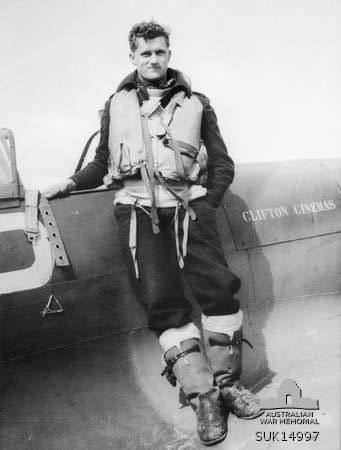
Australia, with the other British Dominions had adopted the Empire Air Training Scheme (EATS) to provide trained aircrews to fight with the RAF. Australian recruits received elementary training at air bases around Australia and many of them were then sent overseas for advanced training. Before the scheme ended in mid-1944, more than 10,000 Australians had received advanced training in Canada and 674 had been sent to Rhodesia (now Zimbabwe) before joining the RAF in Britain. Squadrons which were predominantly Australian aircrew were designated as RAAF squadrons and 17 of these were eventually formed: 12 in Britain and 5 in the Middle East. Many Australians also served in RAF squadrons.
Australians served mainly as aircrew – pilots, engineers, navigators, wireless operators, observers and air gunners. Some also went as ground crew and carried out the maintenance and administrative tasks on the ground necessary to keep aircraft flying. Between 1940 and 1943, Australian airmen participated in the air war against the Germans and Italians in North Africa and the Middle East, in the defence of Malta in 1942, in the Allied drive through Sicily and Italy between 1943 and 1945, and in the skies over the UK, Europe and Britain’s sea lanes from 1939 until 1945.
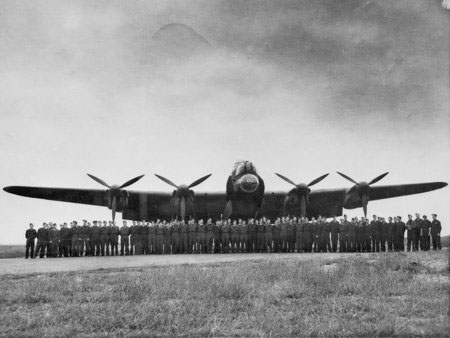
The most costly missions were with RAF Bomber Command and Australian aircrews flew in virtually every major operation. Although their numbers amounted to less than 2 per cent of Australia’s World War II enlistments, the 3486 men who were killed in Bomber Command accounted for almost 20 per cent of all Australian combat deaths. Approximately 1,500 RAAF aircrew parachuted from their aircraft over enemy territory and spent the remainder of the war in prison camps.
The conference was opened by Professor Weston Arthur Bate, OAM, Past President of the RHSV and Bomber Command veteran. The Keynote presentation was “Reflections on Australia’s part in the Air War over Europe” by Professor Peter Stanley. Peter is presently a Research Professor at the University of New South Wales, Canberra. He was formerly the Principal historian at the Australian War Memorial, where he worked from 1980 to 2007, and then headed the National Museum of Australia’s Research Centre until earlier this year.
Peter is one of Australia’s most active military-social historians, the author of 25 books, mainly in Australian military history. His most recent book is Black Saturday at Steels Creek, on the 2009 Victorian bushfires, and his next will be 101 Lost Boys of Anzac, to be published by NewSouth in 2014.
MHHV President Colonel Marcus Fielding welcomed all who attended saying “Military history and heritage is an important part of Australia’s national story. MHHV Inc. aims to encourage interest in Australian and especially Victorian military history and heritage in all of its forms; to develop and engage in activities related to its research, preservation, promotion, education and commemoration. I would especially like to welcome and acknowledge several special guests that have been able to join us today – Professor Weston Bate, Professor Peter Stanley and Peter Isaacson.”
Colonel Fielding also thanked RAAF Museum Director David Gardner and MHHV Conference Convenor Dr Daryl Moran for their outstanding efforts in making the conference so successful.
 Download a printable copy of The Angry Sky Flyer here.
Download a printable copy of The Angry Sky Flyer here.
Click here to download the Angry Sky Conference Programme
Conference Program
Session One | Australia’s Air War 1939-194
Welcome and Introduction of Guest Speaker – Major-General Jim Barry, AM, MBE, RFD, ED MHHV Inc. Patron
Conference Opening and Introduction of Keynote Speaker – Colonel Marcus Fielding, Conference Chair and MHHV Inc. President
Session Two | Remembrance
Session Chair: Air Vice-Marshal Mark Skidmore AM (Rtd)
Paper: Graves Too Far Away – Australian Service and Sacrifice in Bomber Command – Dr Kathryn Spurling, School of History, Australian National University
Remembrance Day Service – Chaplain (SQNLDR) Lindsay Carey, No 21SQN COORD Chaplain, Staff Chaplain Air Force Training Group.
Session Three | Training and Deployment
Session Chair: Air Vice-Marshal Alan Reed, AO (Rtd), MHHV Inc. Member
Paper: The Empire Air Training Scheme – Evolution of the Image – Dr Suzanne Evans, Social Historian
Paper: Air Warriors – Cyril Ayris, Author and journalist
Paper: The Australian Experience in Coastal Command – Mr Martin James MDefStud, RAAF Historian
Session Four | Commemoration
Session Chair: Dr Daryl Moran, Conference Convenor, MA (Military History) Candidate, Monash University
Panel Discussion: What research remains to be done?
Video and audio quality may vary. This content is provided for education purposes.
Click the image below for more photos
Contact Military History and Heritage Victoria about this article.
